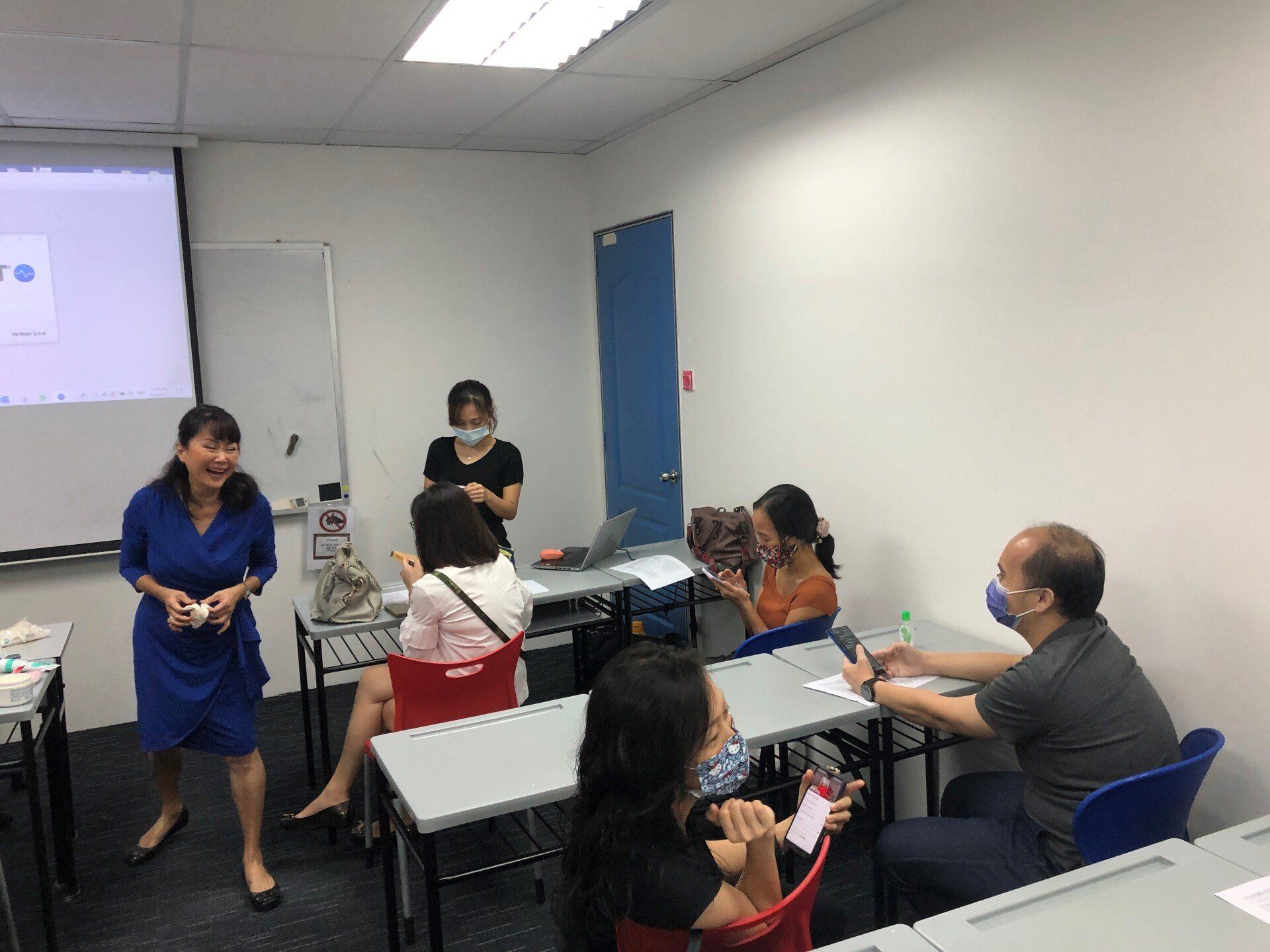LINGGUO SYNAPZ
Neurofeedback Therapy
Effectivity of ILF Neurofeedback on Autism Spectrum Disorder—A Case Study
is a subtitle for your new post
The article explores into a case study involving a 5-year-old boy diagnosed with Autism Spectrum Disorder (ASD) who underwent 26 sessions of Infra-Low Frequency (ILF) neurofeedback treatment over six months. This treatment aims to improve brain connectivity and information processing in individuals with ASD.
ASD, a developmental disorder affecting neural and mental development, is characterized by social communication impairments and repetitive behaviors. The disorder's complexity arises from genetic, environmental, and physiological factors influencing brain connectivity and processing.
ILF neurofeedback, a technique showing promise in altering brain connectivity, has been applied to ASD treatment. The case study illustrates the efficacy of ILF neurofeedback in reducing the severity of ASD symptoms across various categories such as physical, sleep-related, behavioral, and emotional symptoms. Notably, the treatment showed the strongest effect on physical and sleep-related symptoms, reducing their severity by 80% and 77%, respectively.
The treatment protocol involved EEG measurements and audio-visual feedback signals based on brainwave frequencies, targeting specific brain regions associated with ASD symptoms. The electrodes were placed strategically on the boy's scalp to address his reported symptoms.
The intervention resulted in notable improvements in the boy's behavior, including reduced hand-flapping, enhanced speech milestones, increased engagement in social activities, and improved sleep patterns. The initial right-sided training at temporal-parietal sites showed calming effects and improved sensory integration. Later, an additional frontal-temporal electrode placement aimed to enhance speech production and language development.
However, not all symptoms showed improvement, indicating variability in the treatment's impact across different ASD symptoms. Behavioral symptoms exhibited a lower reduction in severity (15%) compared to physical and sleep-related symptoms.
The study's findings suggest that ILF neurofeedback can be a practical and effective therapeutic approach for treating ASD in children, addressing a range of autistic behaviors and reducing developmental deficits. While this case study highlights promising results, further research, including controlled clinical studies, is necessary to better understand the treatment's mechanisms and its impact on specific ASD symptoms.
The case study's limitations include its focus on a single individual, warranting larger-scale studies for comprehensive validation. Nonetheless, the observed improvements in this case support the potential clinical effectiveness of ILF neurofeedback in treating ASD.
Reference:
Rauter, A., Schneider, H., & Prinz, W. (2022). CASE REPORT article
Front. Hum. Neurosci., 09 June 2022
Sec. Brain Health and Clinical Neuroscience
Volume 16 - 2022 | https://doi.org/10.3389/fnhum.2022.892296
Neurofeedback Blog

Lingguo Synapz
Phone: 91069556
Email: lingguosynapz@gmail.com
#02-33, KAP Mall
9 King Albert Park
Singapore 598332